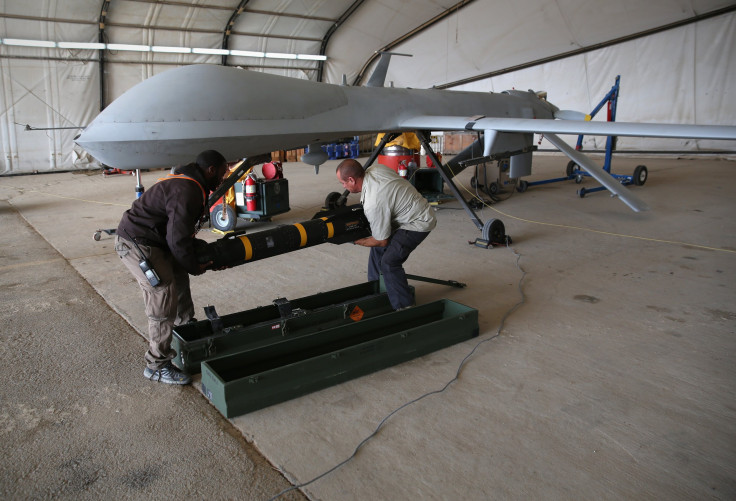Cuba Returns U.S. Hellfire Missile After Dummy Weapon Mistakenly Shipped To Island

The U.S. has recovered a dummy Hellfire missile it mistakenly shipped to Cuba in 2014, State Department officials told news outlets Saturday.
The Hellfire, made by Lockheed Martin Corp., is a laser-guided air-to-surface missile that can be dropped from such platforms as attack helicopters and unmanned drones. The weapon was inadvertently sent to Cuba by plane from Europe after NATO troops used it in a training exercise.
While the device didn't contain explosives, the loss of the Hellfire was a large embarrassment for the U.S. military, in part due to fears that Cuba could exploit the Hellfire for its sensitive technology and share its findings with U.S. adversaries like North Korea or Russia. Cuba's delay in returning the missile served as a sticking point with the U.S. as the nations worked to restore diplomatic ties over the past year.
"The inert training missile has been returned with the cooperation of the Cuban government," Mark Toner, a State Department spokesman, said in a written statement cited by the Associated Press and other media. He declined to disclose specifics but credited July's re-establishment of diplomatic relations and the reopening of the U.S. embassy in Havana in August for allowing Washington to "engage with the Cuban government on issues of mutual interest."
A plane carrying the Hellfire arrived in Orlando, Florida, early Saturday. The missile will eventually end up in a warehouse that holds a large stock of Lockheed Martin's missiles. U.S. officials attributed the shipping error, which originated in Germany, to the Maryland defense contractor's freight forwarders. The U.S. said it had worked with the Maryland defense contractor to get the missile back, the AP reported.
A spokeswoman for Lockheed Martin referred queries to the State Department, the Wall Street Journal reported. U.S. Immigration and Customs Enforcement, which is investigating the shipping error, similarly forwarded queries to the State Department.
The Journal reported in January that U.S. investigators were following a paper trail to determine if the incident was merely a shipping blunder or the work of criminals or spies. Unnamed sources told the newspaper the process of gathering evidence could take years due to the number of countries and authorities involved in the case.
“Did someone take a bribe to send it somewhere else? Was it an intelligence operation or just a series of mistakes? That’s what we’ve been trying to figure out,” a U.S. official told the Journal last month.
© Copyright IBTimes 2025. All rights reserved.





















